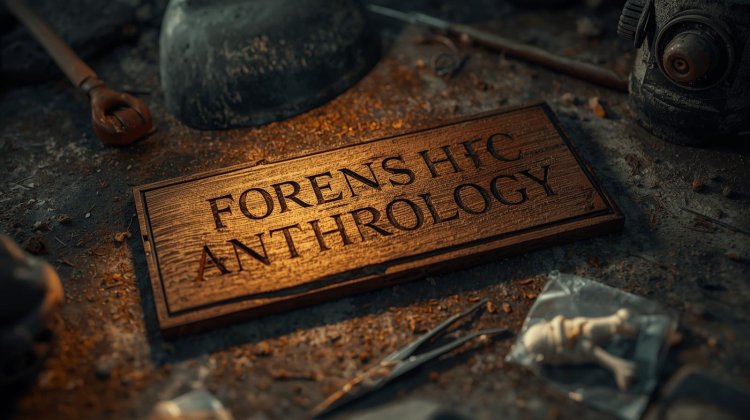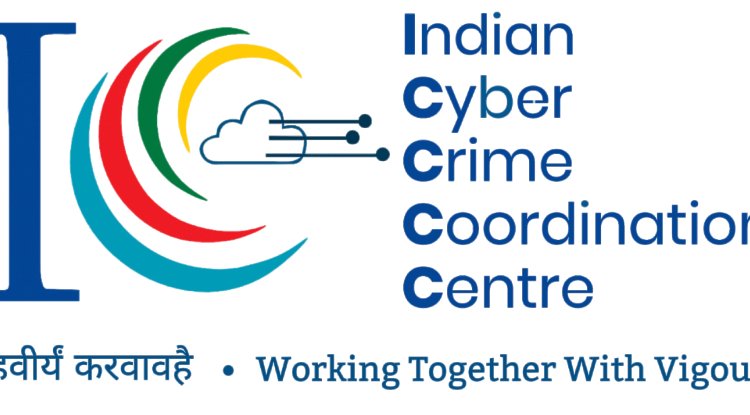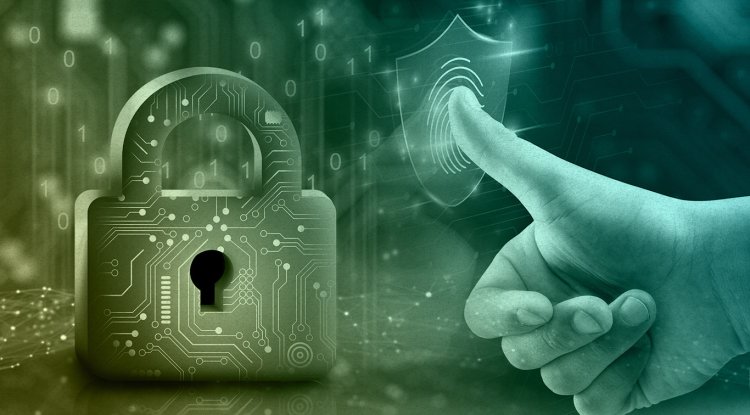Forensic Anthropology: The Science of Bones and Justice
The study of human skeletal remains is applied to legal and criminal investigations by the specialised field of forensic anthropology. It aids in identifying people and figuring out how they died when their body is burned, decomposed, skeletonised, or otherwise unidentifiable.

Applying physical anthropology—the study of human bones and biological variation—in a legal setting, mainly for the retrieval and identification of human remains, is known as forensic anthropology.
Main Objectives
-
Identification of Human Remains
-
Determining whether remains are human or non-human.
-
Establishing the biological profile:
-
Age (e.g., teeth, bone development, degeneration)
-
Sex (pelvis, skull features, bone size)
-
Stature (height) (long bone measurements)
-
Ancestry (skull shape, facial features, bone traits)
-
-
Detecting unique traits (old injuries, diseases, surgeries, implants).
-
-
Determining Time Since Death (Postmortem Interval)
-
Studying decomposition stages, weathering, insect activity, and soil effects.
-
-
Analysis of Trauma
-
Identifying perimortem (around time of death) vs. postmortem injuries.
-
Differentiating between blunt force, sharp force, and gunshot trauma.
-
-
Assisting in Legal Investigations
-
Helping in mass disasters, genocides, war crimes, or crime scenes.
-
Providing expert testimony in court.
-
History & Development
-
Roots in physical anthropology (study of human variation and skeletons).
-
Early pioneers like Thomas Dwight (late 19th century, called the "Father of Forensic Anthropology").
-
Official recognition: In the U.S., the American Board of Forensic Anthropology (ABFA) was established in 1977.
-
Today, forensic anthropologists often work alongside forensic pathologists, odontologists, archaeologists, and law enforcement.
Key Roles of a Forensic Anthropologist
-
Scene Investigation
-
Assist in locating and recovering remains using archaeological techniques.
-
Differentiate between human vs. animal bones.
-
-
Laboratory Analysis
-
Clean, reconstruct, and examine bones.
-
Develop a biological profile.
-
-
Trauma Analysis
-
Detect fractures, cut marks, or gunshot wounds on bones.
-
-
Postmortem Interval Estimation
-
Look at bone weathering, decomposition, insect/soil activity.
-
-
Identification Assistance
-
Compare with dental/medical records, DNA sampling, or unique bone features.
-
-
Court Testimony
-
Present expert opinions clearly in front of judges and juries.
-
The Biological Profile
The cornerstone of forensic anthropology:
-
Sex
-
Pelvis is the most reliable (female pelvis wider, adapted for childbirth).
-
Skull features (brow ridges, jaw shape).
-
Long bone size and robustness.
-
-
Age at Death
-
Children: Tooth eruption, bone growth plates.
-
Adults: Degeneration of joints, cranial suture closure.
-
-
Stature (Height)
-
Long bones (femur, tibia, humerus) measured to estimate height.
-
-
Ancestry (Biological origin)
-
Skull shape, nasal opening, orbital shape, dental traits.
-
-
Individualizing Features
-
Healed fractures, arthritis, surgery implants, unique dental work.
-
Techniques & Tools
-
Visual and metric analysis: Using calipers, osteometric boards.
-
Radiography: X-rays to compare with medical records.
-
CT Scans: For internal bone structure analysis.
-
DNA analysis: Extracted from bones/teeth if soft tissue is gone.
-
Stable isotope analysis: Reveals diet, migration patterns.
-
Facial reconstruction: 2D or 3D clay models, or computer-based reconstructions.
Limitations of Forensic Anthropology
-
Not always exact: Age and ancestry estimation come in ranges.
-
Condition of remains: Fire, acid, or weather may destroy bones.
-
Needs collaboration: Works best with DNA, dental records, and forensic pathology.
Future Trends
-
Use of AI & Machine Learning to automate bone analysis.
-
3D printing bones for study and courtroom presentations.
-
Virtual anthropology: Digital reconstruction and comparison of remains.
-
More integration with forensic genetics for complete profiles.
Follow cyberdeepakyadav.com on
Facebook, Twitter, LinkedIn, Instagram, and YouTube
What's Your Reaction?






















